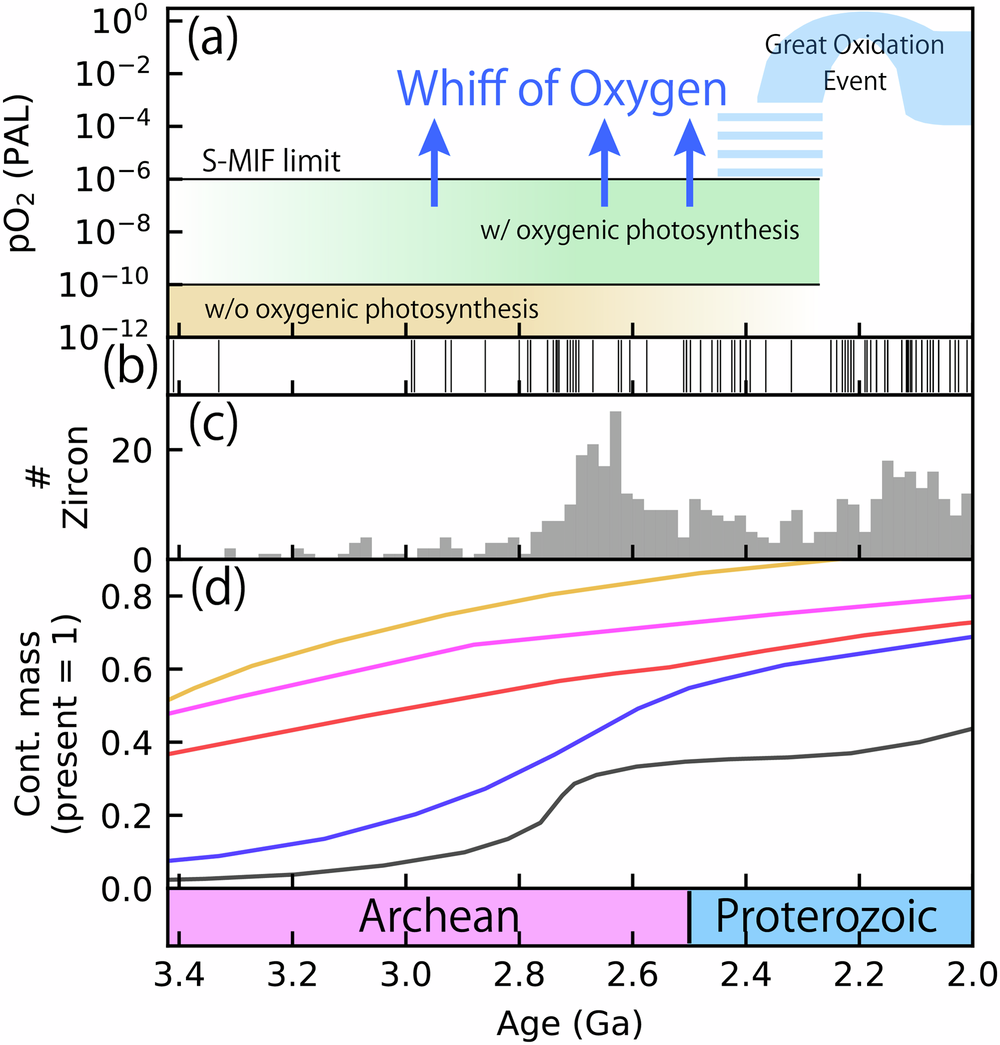2025-03-10 京都大学
<関連情報>
- https://www.kyoto-u.ac.jp/ja/research-news/2025-03-10-0
- https://www.kyoto-u.ac.jp/sites/default/files/2025-03/web_2503_Inoue-8850bfaf44290fcfbf83691853320bba.pdf
- https://link.springer.com/article/10.1007/s10654-025-01215-y
異種治療効果解析のための2段階の実用的サブグループ発見:解釈可能性の向上への展望 Two-step pragmatic subgroup discovery for heterogeneous treatment effects analyses: perspectives toward enhanced interpretability
Toshiaki Komura,Falco J. Bargagli-Stoffi,Koichiro Shiba & Kosuke Inoue
European Journal of Epidemiology Published:04 March 2025
DOI:https://doi.org/10.1007/s10654-025-01215-y

Abstract
Effect heterogeneity analyses using causal machine learning algorithms have gained popularity in recent years. However, the interpretation of estimated individualized effects requires caution because insights from these data-driven approaches might be misaligned with the contextual needs of a human audience. Thus, a practical framework that integrates advanced machine learning methods and decision-making remains critically needed to achieve effective implementation and scientific communication. We introduce a 2-step framework to identify characteristics associated with substantial effect heterogeneity in a practically relevant format. The proposed framework applies distinct sets of covariates for (i) estimation of individualized effects and (ii) subgroup discovery and shows the subgroups with heterogeneity based on highly interpretable if-then rules. By referring to existing metrics of interpretability, we describe how each step contributes to leveraging a theoretical advantage of machine learning models while creating an interpretable and practically relevant framework. We applied the pragmatic subgroup discovery framework for the Look AHEAD (Action for Health in Diabetes) trial to assess practically relevant and comprehensive insights into the effect heterogeneities of intense lifestyle intervention for individuals with diabetes on cardiovascular mortality. Our analysis identified (i) individuals with history of cardiovascular disease and myocardial infarction had the least benefit from the intervention, while (ii) individuals with no history of cardiovascular diseases and HbA1c < 7% received the highest benefit. In summary, our practical framework for heterogeneous effects discovery could be a generic strategy to ensure both effective implementation and scientific communication when applying machine learning algorithms in epidemiological research.



